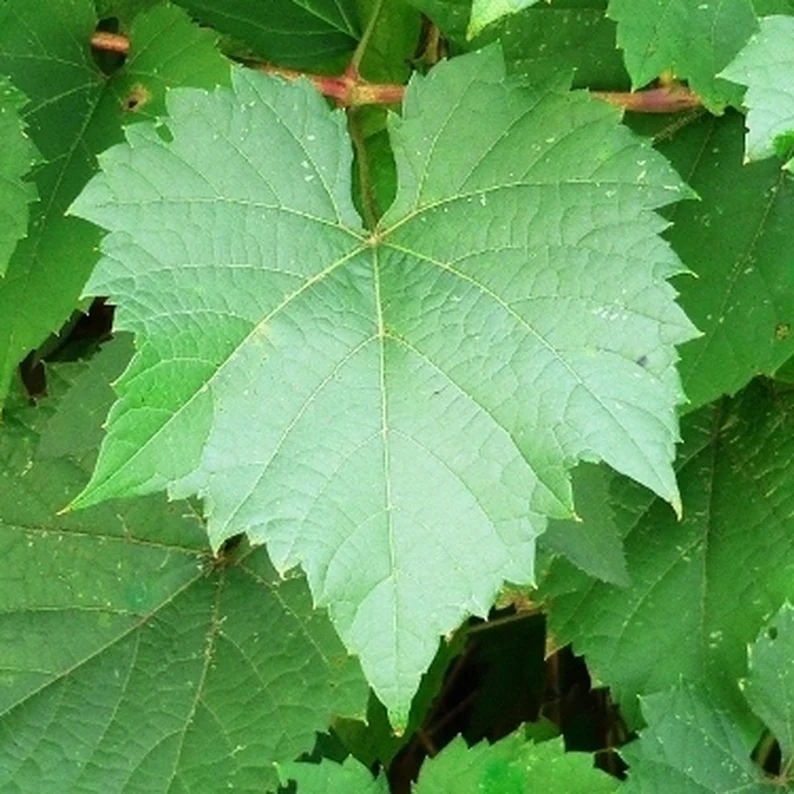We’ve had a considerable amount of growers contacting us wanting to know more about the value of post harvest compost tea applications. I think that compost teas are excellent post harvest options as both fertigation and foliar applications.
When applied via fertigation, they can help the plant restore plant vigor and photosynthetic efficiency for recovery after harvest stress. The microbes and metabolites built up in the compost tea help mineralize nutrients into plant available forms for uptake and storage for the high nutrient and carbohydrate demand period after bud break next spring.
Compost tea applied by foliar at leaf fall, has a two-fold benefit. The microbes and the food provided will speed the breakdown of the leaf litter, mummy berries and decaying grape stems. This accelerated breakdown reduces over-wintering habitat and releases nutrients for the plants to use in the spring. The second purpose is to reset the microbiology of the canopy (grape stems, canes, bark and trunk) in order to establish a beneficial microbial community to reduce production problems that occur associated with pruning wound exposure and spring air temperatures. This beneficial microbial community will consume food base and occupy habitat that other not beneficial microbes might use to grow and reproduce.
Andaman Ag carries MetaGrow St and Vermigrow Compost Teas in both conventional and organic forms. Our stable compost teas are highly microbial intensive and broad in scope which are key factors that lead to exceptional results.




